Did you know that planets could be tidally locked to the sun?
Tidally locked Earth | When a day was longer than a year #nasa #mars #water #space #mercury #venus #planet
earth and sun,how big is the sun,solar system,dark side of earth,bright side of earth,science fiction,interesting,earth,science,underknown,atmosphere,what if,universe,exoplanet,hot Jupiter,satellite,moon,lunar,solar,solar system,
Bet no one has ever told you that the Earth was once tidally locked to the sun. This means that a long time ago, one side of the Earth experienced perpetual day and the other side perpetual night. Most people don't know that the Sun rotates on its axis once every 27 days. Earth takes 24 hours to spin once, and Mars takes 25 hours. The gas giants actually spin the fastest. To spin once, Jupiter takes just 10 hours, Saturn takes 11 hours, Uranus takes 17 hours, and Neptune takes 16 hours. Venus and Mercury actually spin the slowest, with 243 Earth days and 58 Earth days respectively. This is counterintuitive, because if larger objects spin faster, then the sun is by far the largest object in the solar system. What most people don't realize is that the planets closest to the sun had great difficulty in overcoming their initial tidal locking, to attain rotational motion in the first place; whereas, the planets further away from the sun's gravitational influence had a much easier task in attaining and preserving rotational inertia. Mercury's solar year (or one lap around the Sun) is about 88 Earth-days long, but a solar day on Mercury is actually twice as long as its year, or about 176 Earth-days long. This is because of the slow rotation of Mercury.
-
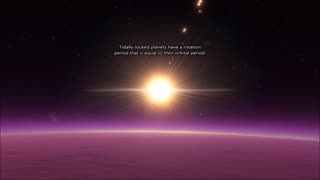 0:14
0:14
Beyond
1 year agoA Tidally-Locked Planet
2 -
 2:39
2:39
Lettyconner
6 months agoHow do Solar System planets rotate _
3 -
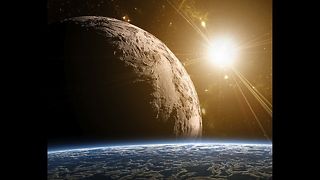 2:59
2:59
alltime10s
7 years agoList Of Top 10 Interesting Facts About The Solar System
21.4K1 -
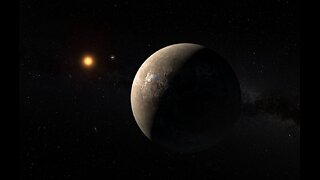 6:04
6:04
Studio64Productions
25 days agoTidally Locked Planets: Unlocking Secrets, Seeking Life Beyond Earth
25 -
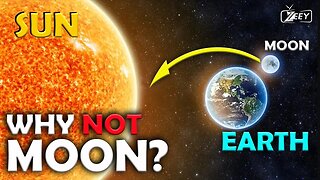 10:36
10:36
ZEEY1
7 months ago $0.01 earnedWhy doesn't the moon orbit the sun rather than the earth? | planetary system | theia | Gravity Wells
45 -
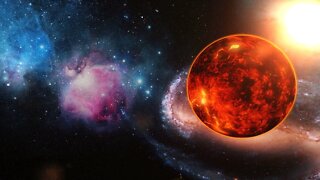 3:05
3:05
Bandara87
1 year agoHow long will it take for our sun to die, which keeps our planetary system alive?
231 -
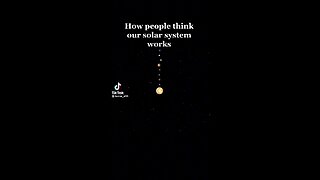 0:28
0:28
khanxy
1 year agoYou have been lied! How actually solar system work
40 -
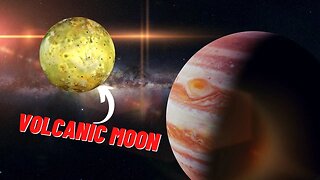 5:08
5:08
Dailydoseoffact
1 year ago20 Amazing Unknown Facts About Planet Jupiter You Should Know
1 -
 1:12
1:12
Dixie Ziemba
3 months agoUnveiling the Mystery of Axial Tilt and Spin in Our Solar System!
22 -
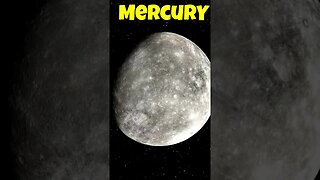 0:52
0:52
WhatsNextVids
1 year agoWhat Planet is Closest to Earth on Average? | Space Trivia
31